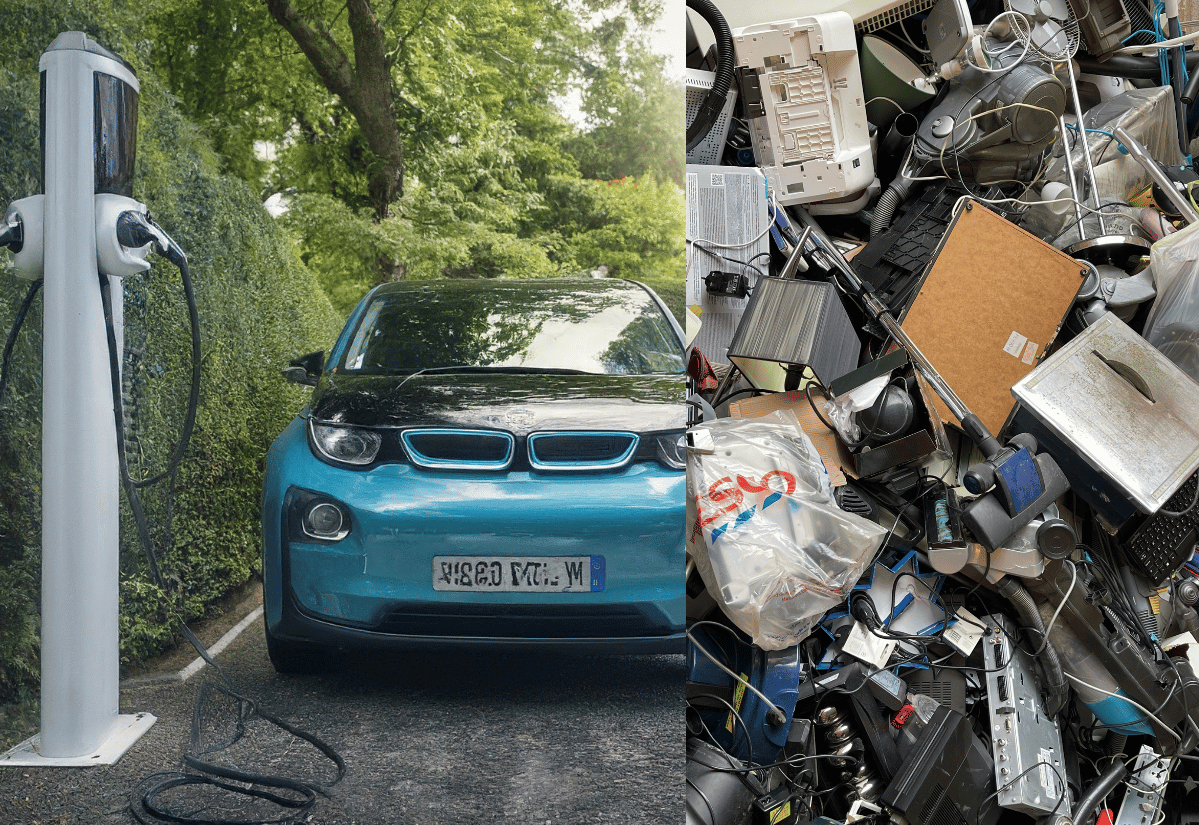
Secondary steelmaking methods that utilize iron and steel scrap are increasingly vital for lowering emissions from steel production. This process conserves resources such as energy and water significantly, and reduces greenhouse gas emissions by 58%. However, the limited domestic availability of high-quality scrap steel remains a challenge despite numerous government initiatives, and India remains a net importer of scrap steel. The contribution of the secondary steel sector to India’s steel output has, in fact, declined from 55% in 2015 to 40% in 2022.
To address these challenges, a coupled dynamic Waste Input-Output (WIO)-Material Flow Analysis (MFA) model, will be used to assess scrap steel availability and flows in India. Using parameters such as scrap generation from old and new sources, collection efficiency and recycling rates, the coupled model would predict scrap availability for steel in the Baseline Scenario and estimate the resultant steel production. Various Alternative Scenarios would be used to evaluate the impacts of technological and policy improvements on scrap steel recycling in the long-term i.e., till 2047.
This integrated approach would predict outcomes vis-à-vis macroeconomic (GDP, employment) and environmental (emissions, pollution) impacts, as well as those related to scrap imports. Our analysis would help identify system leakages that need to be plugged and provide a roadmap for enhancing scrap recycling— informing stakeholders about its availability— and improving the overall recycling framework.





